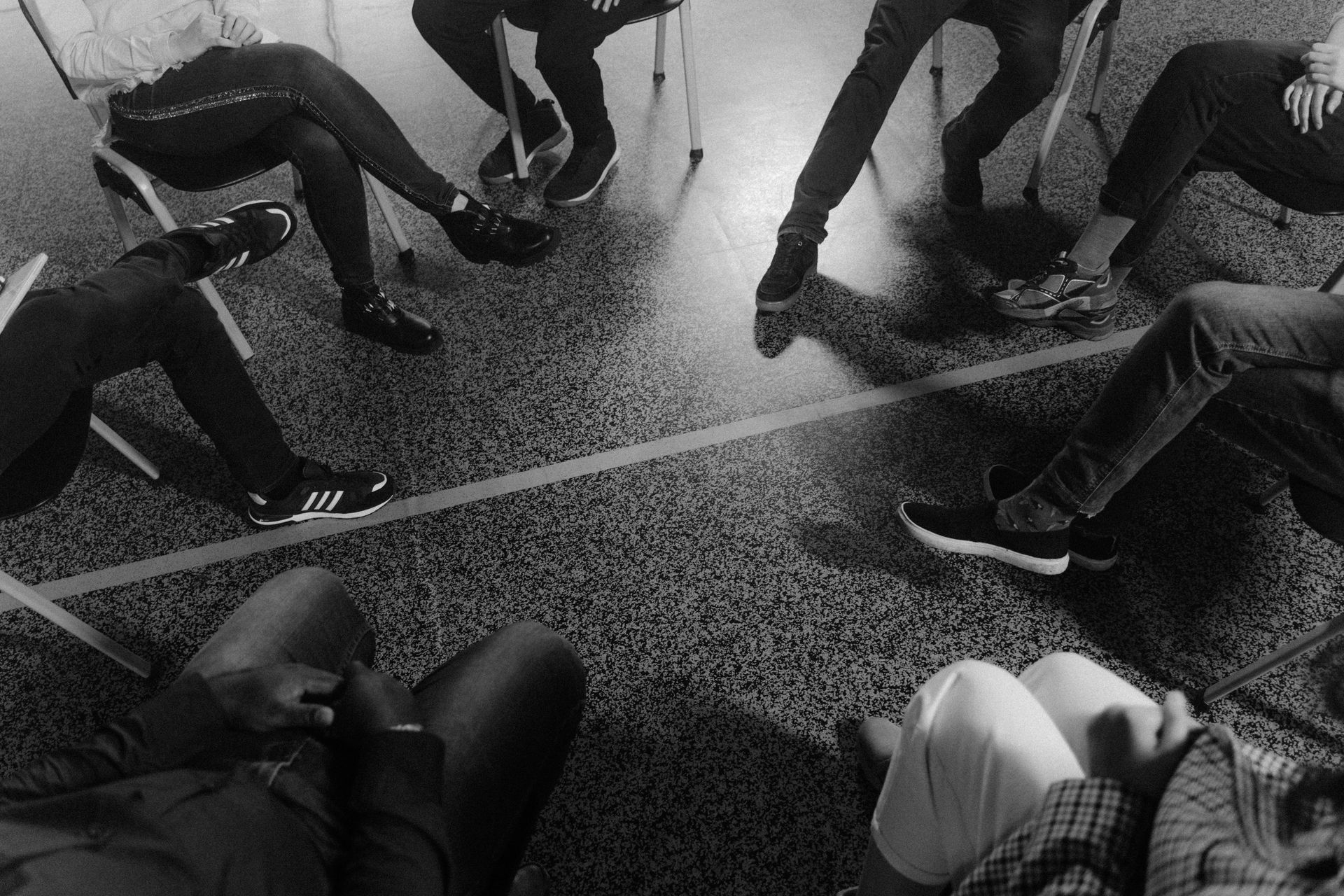Beating Addiction by Changing Your Environment - Part 2
4 Common Environmental Triggers and What to Do About Them

The first blog post in this series discussed the “Rat Park” experiments which demonstrated that the home environment plays a key role in addiction. This post will describe four common environmental triggers and recommend concrete ways to reduce them.
1) Substances in the home
There will be times when you feel stressed, frustrated, and have urges to use. If you have substances nearby – beer in the fridge, drugs in your room - it is more likely that you will act impulsively in these moments.
What to do:
Remove all drugs and alcohol from the home. While it is still easy to get substances, it will require extra effort which may buy you enough time to ride out the urge.
2) Rooms associated with substance abuse
You may have a room in your home where you typically used. For some people it is the bedroom and for others it could be the basement or garage. You may have developed strong associations between these rooms and substance abuse. You may even have flashbacks of your substance abuse when you are in these spaces.
What to do:
To form new healthy associations with these spaces you can rearrange the furniture, display new photos of positive people in your life, and/or paint the walls. Be creative and have fun with it.
3) Living with someone who you have an unhealthy relationship with
Whether it is a roommate or spouse, living with someone who causes you frustration, anxiety, and stress will be a trigger. Maybe you feel that they don’t pull their weight when it comes to household responsibilities. Maybe you feel that they judge you for your substance use. Or maybe they don’t respect your personal space.
What to do:
Sit down and talk with this person about how their behaviors make you feel. Listen to their perspective, validate their feelings, and work with them to set clear and specific boundaries and expectations. Check in regularly with each other on your progress. If your differences are irreconcilable, consider moving.
4) Clutter
A cluttered home environment can be distracting, increase the risk of physical injury, and make it difficult to find important items when you need them. This will cause stress and frustration which are common triggers for substance abuse.
What to do:
Create a written plan to address the clutter. Focus on one room at a time starting with the room where you spend the most time. Consider what you want to do with the items laying around by creating three piles: discard, donate, and keep. Also consider hiring a junk removal service that can clear the clutter and turn your home environment into a safe and comfortable space.
Wrapping up
Small and simple changes to your home environment can yield big results. Removing substances, redecorating rooms, improving relationships with people you live with, and getting rid of clutter can be powerful ways to feel more comfortable at home and reduce the desire to abuse substances.
We can help you identify ways that your home environment could be affecting your recovery and work with you to implement solutions.
Call us today at 773-747-5500.



